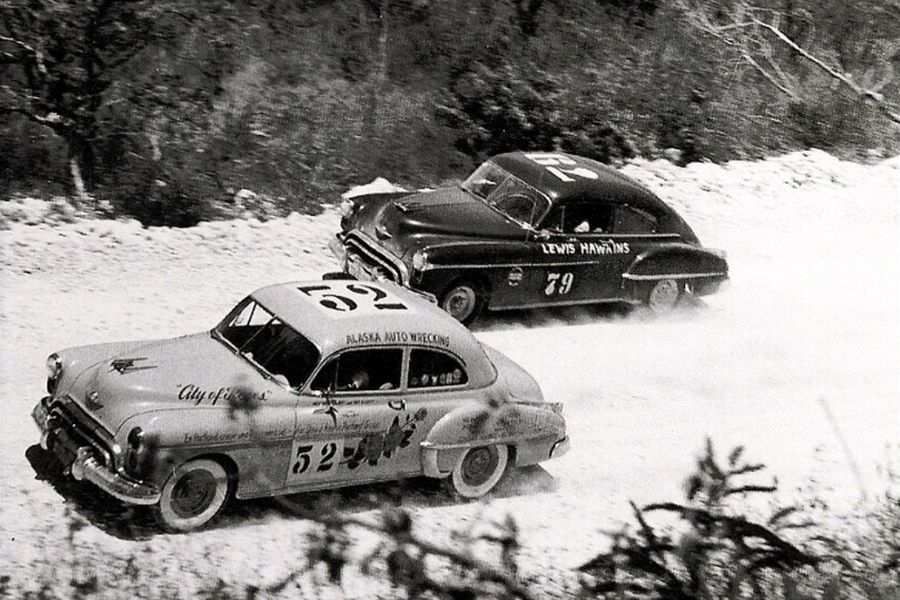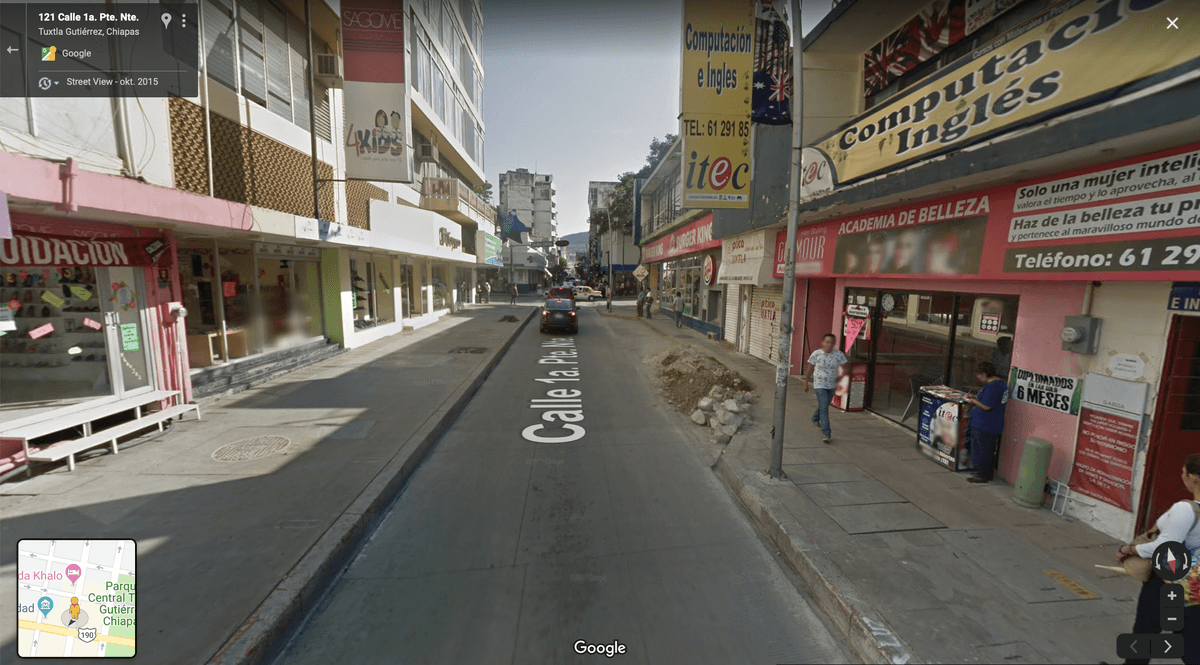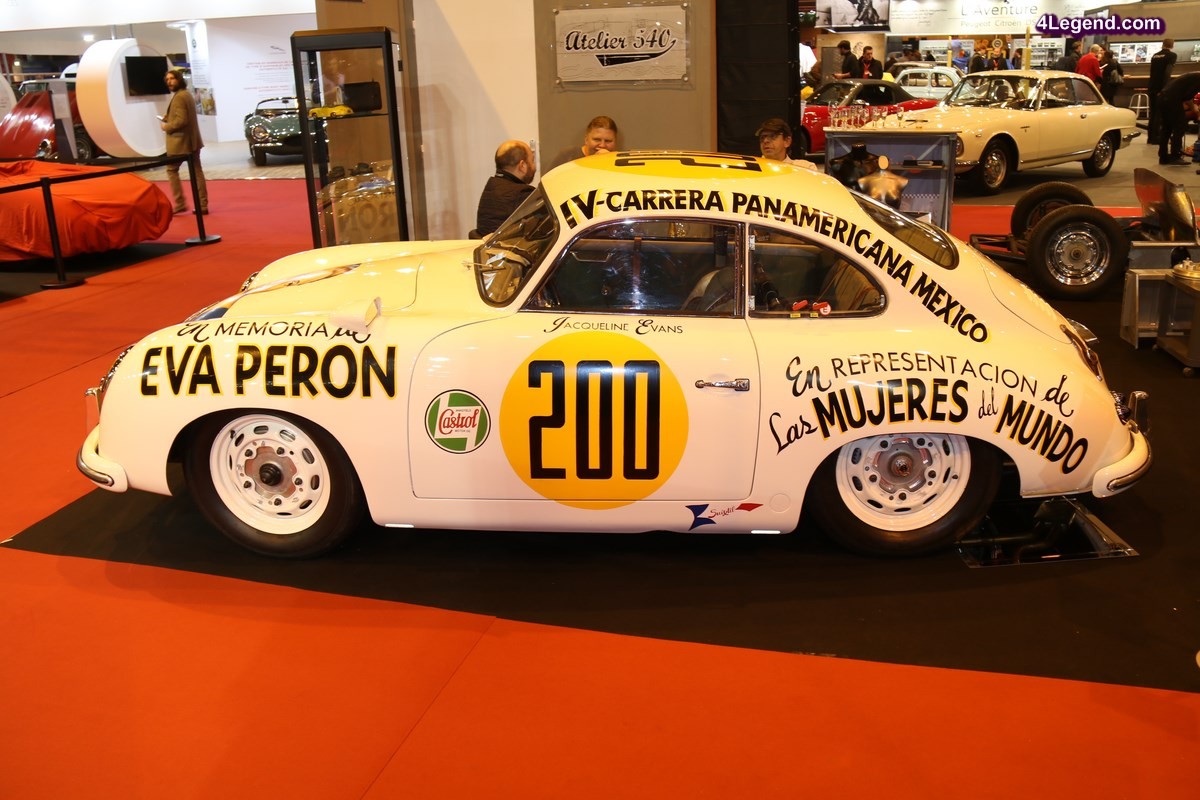I recently came across the work of Ralph Morse, a photographer who worked for Life Magazine. Many of his photos are made available by Google Arts & Culture. He was a war photographer during WW2 and afterward, covered many sports and space events. One of the events he covered was the 1953 edition of the Carrera Panamericana rally. Road races from the '50s are unlike any of the racing competitions of today. With zero safety measures, drivers would race during long endurance rallies on public roads. To participate, the pilots, most of whom were well-off gentlemen drivers, had to be a bit crazy. And as such, the captivating stories from these rallies turned the drivers and their cars into legends. I always wondered what it must have been like to be a driver or a spectator of such a race. Apart from seeing one of the cars today on a rare occasion, the only artifacts that remain from these events are the stories and black and white pictures. That makes it difficult to relate to the people of that era and imagine what it must have been like. After I found the collection of Ralph Mose, I wanted to see if I could bring these people more to live by trying to transform a black and white picture into a photo that could have been taken today.
The Carrera Panamericana
Most car enthusiasts know the Mille Miglia. A legendary rally that was held between 1927 and 1957 in Northern Italy. The idea was simple. Drivers would race from point A to point B over a set route, and the fastest driver would win. Over the years it attracted the best drivers and manufacturers and as such, the Mille Miglia became a world famous event. It turned drivers like Stirling Moss into legends because of stories like him winning with an average speed of 159km/h on 1600 km of Italian country roads. It is still famous today as a big, exclusive event for the cars that participated in that period.

The Carrera Panamericana is like the Mille Miglia, but bigger, faster, and more dangerous. It was held from 1950 to 1954 and during its short existence, it quickly gained the reputation for being the most dangerous race in the world.
In 1950, Mexico became the first Latin-American country to complete its part of the Pan-American Highway. To celebrate this achievement, the national government decided to organize a five-day race along the new road. It consisted of a total of 9 stages and ran from Ciudad Juárez on the US border to the Guatemalan border. Due to the start line being close to the US, most of the cars and drivers came from US. The first winners were an American team in an Oldsmbile 88. During the race, 4 people lost their lives due to accidents.

From the second edition onwards, the route was switched, going from the southern to the northern border. The competition grew and attracted more teams from abroad. Ferrari sent a factory team and took home the 1-2 with drivers Taruffi and Ascari. Just like the previous edition, during the race, 4 participants lost their lives.
The 1952 edition was won by Mercedes with the famous 300SLR by drivers Karl Kling and Hermann Lang. This win can partly be attributed to them being the first team to use pre-recorded pace notes. Amazingly, the team won despite Lang getting badly injured after a bird flew through the windscreen at almost 200km/h. Lang briefly lost consciousness and was bleeding heaviliy, but ordered Kling to keep driving.

The next years, the race grew bigger and more serious. For the first time, the rally was included in the World Sportscar Championship, together with races like the 24h of Le Mans and the Mille Miglia. It was the year that Fangio won the race in a Lancia D24 with a time of 18 hours and 11 minutes, an average speed of almost 170km/h. To put that into perspective, the winner of the first edition took 27 hours to finish. With drivers going faster every year, heavy accidents were an increasing occurrence. The 1953 race was the deadliest in history with a total of 9 drivers and spectators becoming victims of heavy accidents. Of the 183 entrants, only 60 were classified at the end of the race.

That year, the competition was split into 4 different classes based on engine size. Porsche, back then a young brand, needed to build their reputation for building fast reliable cars. They were especially unknown in the US. They decided to compete in the Carrera Panamericana because it would be great marketing if they could beat the American-made Cadillacs and Lincolns. They would join with the 356 and later with the 550. They would remain very active in the race until its retirement and Porsche would celebrate their history with the rally by using the name Carrera and Panamera for their models.

Looking at the list of entrants, it must have been an amazing spectacle to behold. The best racing drivers in the world racing big American sedans against light refined European sports cars.
The Work of Ralph Morse
1953 was the year that was documented by Ralph Morse for Life Magazine. I think Mors must have been affiliated to Lincoln in some way because most pictures are from competing Lincolns.

What I like about his work is that it is not just focused on the cars, but he placed the cars inside the context and captured the atmosphere of the rally. When going through the pictures, there was one photo that caught my eye. It is a picture of young boy standing next to a garage where a Porsche 356 is sticking out. It is a beautiful picture that made me think about how crazy it must have been for the boy in the picture to see the event. Growing up in a small town in the 50's in Mexico, and one day this event comes to town full of beautiful racing cars that you probably only have seen in a newspaper.

A bit later, I found another picture of this specific Porsche and discovered that it has a very unique livery with Argentinian first lady Eva Perón on the bonnet. I started researching the car and found some other pictures that must have been taken by Ralph Morse but weren't included in the Google database.

I found out that the car was driven by Jacqueline Evans. She seemed like quite an interesting character. Being a female racing driver today is (unfortunately) already rare. I can't imagine the prejudice and skepticism that Evans must have faced being a driver in the '50s when women were mainly expected to stay at home and take care of children.
Evans was an English-born actress who had married a Mexican. She became a famous actress in Mexican movies and soap operas. I guess she must have seen the announcement of the rally and registered as a way to figure out what all the fuss of road racing was about. She became the only female driver to participate in all 5 editions. In the first edition, she finished as 45th out of 136 in a Chrysler Windsor. The year after she used a Chrysler Saratoga but did not manage to finish due to an accident. In 1952, she used the same car and finished 37th out of 105.
For the 1953 and 1954 editions she switched to the Porsche 356 but both times she crossed the finish line over the time limit and was not qualified. You may think that this sounds quite amateurish. But the Carrera Panamericana might be one of the most brutal races ever. Just making it to the finish line is already an achievement on its own since in each edition more than half the entrants never made it. That, combined with the fact that she finished 37th and 45th is a testament to her driving skills.
In 1953, she was the only woman to compete in the race. She used the Porsche 356 for the first time and painted it in honour of Eva Perón, the Argentinian first lady who was a famous advocate for women's right. It became one of the best known liveries of the rally.
The determination and guts it must have taken to tackle this rally so many times, privately funded and without a co-driver, competing against men with factory backing and professional support. She must have been a total badass. And the pictures of her in the rally show that.

My absolute favorite picture is this one:

It shows Jacqueline Evans standing next to her car, smoking a cigarette, looking calm and confident. Around her are different men busy arranging things, ignoring the camera, while she looks right into it. It is a very nice picture with her as a the clear subject while the other people in the picture play no role other than to enforce her image.
I decided that the best way to honour her achievements and to bring the rally closer to today, was to colorize this picture, and the first one of the young boy.
Colorizing the Pictures
I started with the picture of the young boy standing next to the car. I tried to figure out if the car still exists today but I could only find a replica of it. But based on other surviving cars that participated in 1953, I could figure out that the license plate had to be bright yellow. Just like the racing number on the door and roof.
The race of 1953 started in Tuxtla Gutiérrez, Chiapas. I assume this picture is taken in that town before the start of the race because of how clean the car looks. Based on pictures that were taken in the moments before and after this picture, I tried to find the location on Google Streetview so that I could figure out the color of the house and street. But my search yielded no results as I think most houses of that time have been modernized in some way. It did give me an idea of what the colors could be so I used that to color the house.

Finding the right colours of the car was more difficult. Based on the black and white picture, I could guess which colours were bright and which were dark. Then I found a replica of the exact car that Evans drove which was painted in a flat white/beige color. The car did show some inconsistencies with the real one so it is not entirely trustworthy. The same goes for a toy car that I found. So although it could be that the real car was white, I decided that it was likely that the real car had this beige color so I gave it the same.


This is what the final result looks like:

For the second picture, I was facing the problem that it was impossible to figure out the colors of the objects other than the car. So I used the same style as for the first picture. Also, there were quite a few scratches and other damaged parts on the picture that I had to fix first.
The hair color of Jacqueline Evans also was difficult as she seems to have changed hair color quite often. Based on the shade in the original picture, it must have been blond or light brown. The clothes of the people in the shot were also a guess. I liked the expressive glasses of Evans so I chose to give them a color that would stand out a little bit without distracting too much from the overall scene. As for the arm band, I have no idea what it is and what color it should have been so I judged it based on the original picture.
The advertising in the back seems to be from Valvoline. The colours in the black and white picture seems quite bright. But I could only find green/yellow advertising from that time period. So instead, I used white/red from a later point in time. As for the picture of Eva Perón on the bonnet, the hair and eye colors were easy to find. From all the sources I could find, the dress was this shade of blue so I just accepted that.
Here is the final result:
If you happen to know more about these pictures, or if I overlooked something, I would love to hear about it! You can find the final images here:
The picture of the boyThe picture of Jacqueline Evans
Get notified of new posts
Don't worry, I won't spam you with anything else

